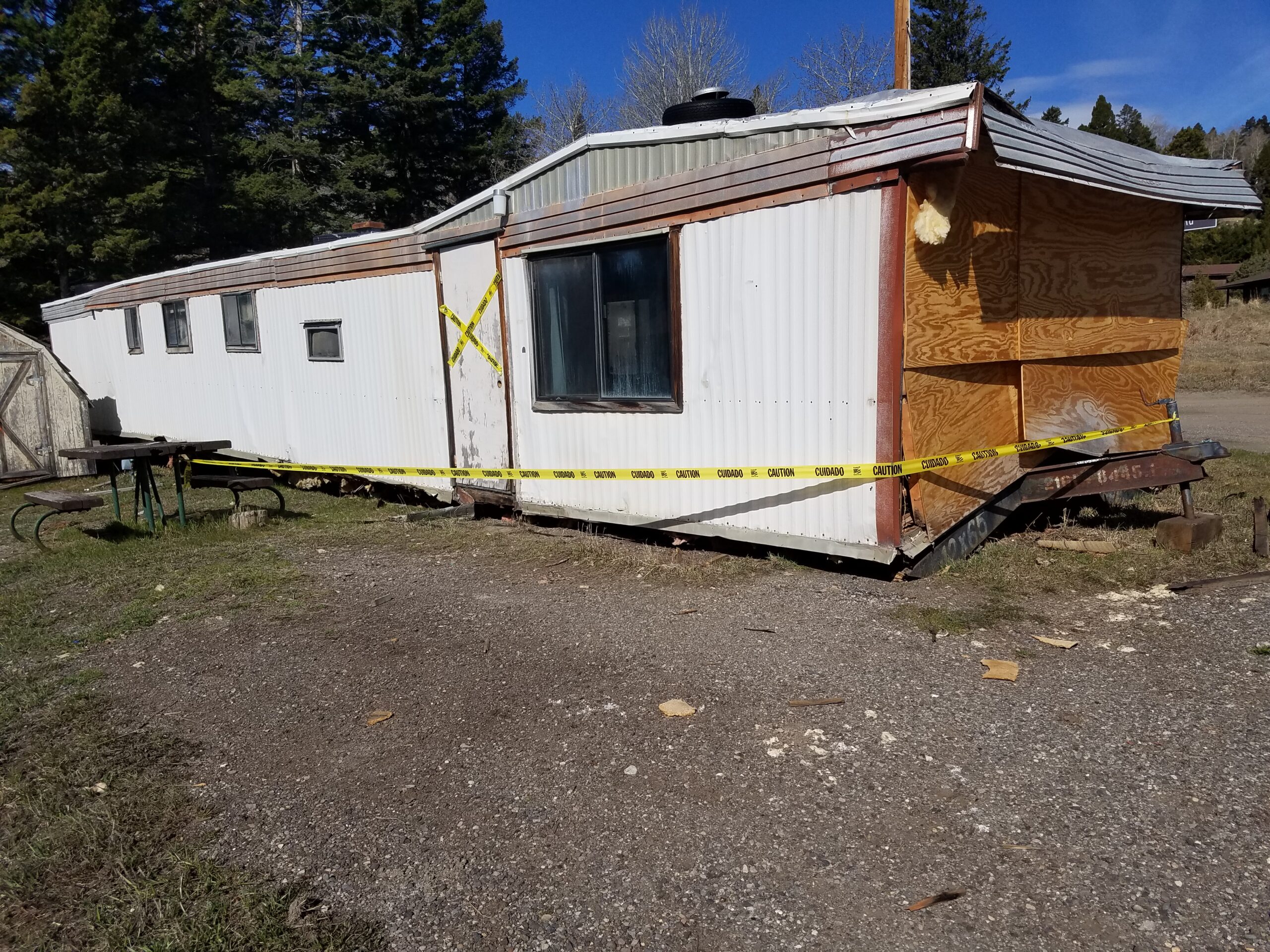This article was originally published in the Bozeman Daily Chronicle.
Iconic wildlife. Famous geysers. Majestic landscapes. These are things that likely come to mind when you think of Yellowstone National Park. You probably don’t think about something as mundane as the condition of the park’s employee housing.
So you can imagine why many were surprised when Yellowstone’s superintendent, Cam Sholly, said in 2018 that improving park housing was one of his highest priorities. “Focus on the core” became a top strategic goal in Yellowstone, with an emphasis on shoring up employee housing and improving living and working conditions in the park.
The decision was a good one. And although much of the work has gone unheralded, it’s proving critical to sustaining the park and all of its natural wonders.
The fact is that routine maintenance is easily neglected in national parks. Maintenance projects typically don’t get many glowing headlines or lavish praise from visitors, and they usually don’t garner much support from politicians in Congress. As a result, the National Park Service bears an estimated $12 billion maintenance backlog, including more than half a billion dollars in Yellowstone.
Sholly recognized that prioritizing such upkeep is important for Yellowstone, especially providing for the basic needs of the park’s own workforce. “I realize some people may not look at this as an exciting topic, like talking about grizzlies or wolves or bison, but people who work in this park are the most important resources,” he told Mountain Journal in 2019. “If we can’t attract and retain the very best talent, our resources and visitors in this park will be in jeopardy.”
Now, several years later, the results are starting to show. The park is in the middle of a five-year plan to “substantially improve” employee housing. It has already replaced dozens of dilapidated trailers that were used by seasonal employees with permanent modular cabins and upgraded 40 non-trailer housing units, with more planned this year. In the process, the park has enhanced its ability to attract and retain talented workers, which benefits all aspects of park management.
On a tour of Yellowstone’s employee facilities several years ago, I saw firsthand how dire the housing situation was in the park. Trailers had rodent infestations and mold problems. Repairs were desperately needed—and years ago. Seasonal staff were living in trailers from the 1960s that were considered some of the worst employee housing conditions in the National Park Service.
As someone who worked as a seasonal ranger for the National Park Service, I know park housing conditions can be grim. Add to that the challenges of living in remote places, and the idea of a long-term career in the National Park Service can seem less than appealing to even the most dedicated and talented employees. In Yellowstone, the park has at times had trouble recruiting and retaining staff willing to live and work in such substandard conditions, hindering the park’s ability to do everything from wildlife conservation to climate change research.
Yellowstone’s approach has been creative, cost effective, and fast. Instead of building new housing from scratch, Sholly opted to replace trailers with modern two-bedroom modular homes that can be constructed off-site and later assembled in the park. The project is the first of its kind in the National Park Service. The new units can be installed quicker and cheaper than onsite construction, saving the park $36 million compared to its original cost estimate.
In a world where flashy projects are often rewarded with political backing and glowing headlines, it’s commendable that Yellowstone’s leadership has focused on more fundamental, if mundane, maintenance priorities. It’s no secret that, in addition to a lack of funding from Congress, the National Park Service’s multi-billion-dollar maintenance backlog is the result of incentives that reward investments in new projects while neglecting routine upkeep. Sholly’s efforts stand in stark contrast to this trend.
In Yellowstone, conservation starts with taking care of the people responsible for protecting the park’s resources. So while you may not see what’s happening behind the scenes in Yellowstone to improve employee working conditions, know that the hard-working staff who take care of the park do—and that’s something that benefits everyone who loves Yellowstone.




